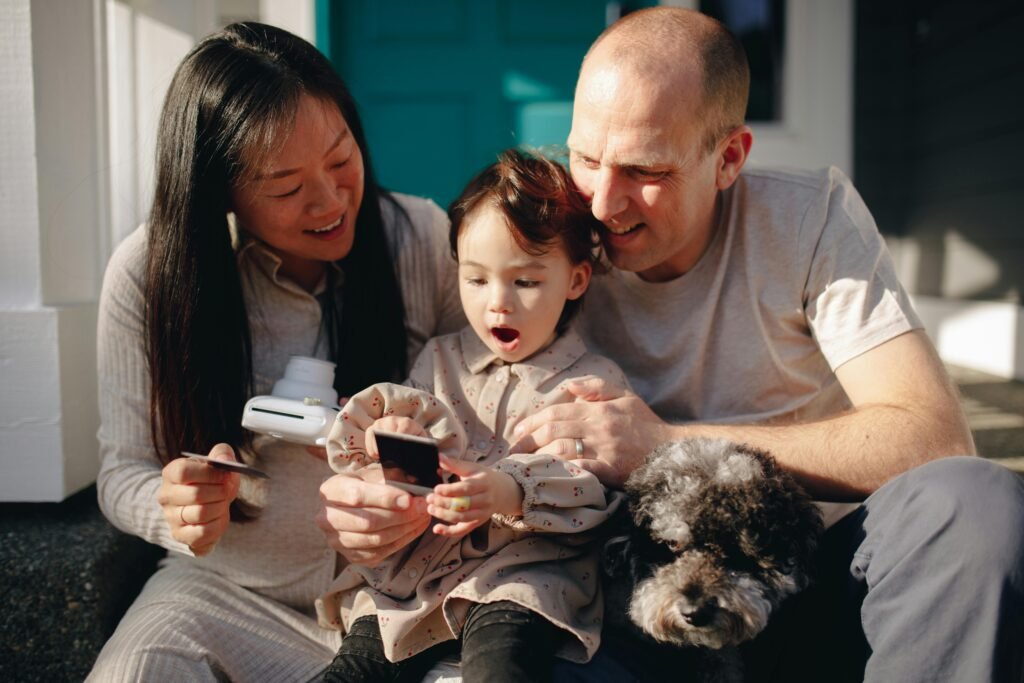One of the first — and most important — steps in raising bilingual children is deciding how your family will use each language at home.
Your child’s bilingual journey begins with consistent and intentional language exposure. But which family language strategy works best? Let’s explore the main frameworks used by multilingual families and how to adapt them to your unique environment.
Understanding the Bilingual Environment
Every bilingual child grows within a sociolinguistic environment, the blend of home, school, community, and media influences that determine which language becomes dominant.
In bilingual families, we often distinguish between:
- Majority Language (MaL): The language most used in your community or school system (for example, English in the U.S.).
- Minority Language (MiL): The language less represented in daily life (for example, Spanish, if you live in an English-speaking country).
💡 Tip: The minority language usually needs more intentional exposure at home to stay strong.
The Most Common Family Language Strategies
Choosing the right approach depends on your family’s language skills, time, and environment. Here are three popular frameworks for bilingual parenting:
1. One Parent, One Language (OPOL)
Each parent consistently speaks a different language with the child.
For example, one parent always speaks Spanish and the other always speaks English.
Best for: Families where both parents are fluent in different languages.
Benefits: Clear boundaries, consistent exposure.
Challenges: Can be harder if one parent spends less time with the child.
2. Minority Language at Home (ML@H)
The family uses the minority language exclusively at home, while the child learns the majority language through school and community.
Best for: Families living in a majority-language environment.
Benefits: Builds strong minority language skills.
Challenges: Requires commitment and consistency in all home interactions.
3. Time and Place Strategy
Families assign specific times, places, or routines for each language, for example, speaking Spanish at mealtimes or weekends, and English at school.
Best for: Flexible families or those with mixed language comfort levels.
Benefits: Adaptable and inclusive.
Challenges: Needs clear routines to maintain balance.
Adapting Your Family Language Plan
The best strategy is the one that fits your family’s daily life and evolves as your child grows. Bilingualism is a long-term journey, not a fixed formula.
Here are a few reminders for success:
- 🌱 Stay intentional: Integrate both languages into daily life through books, songs, and play.
- 💬 Be patient: Progress can shift over time. Exposure and consistency matter most.
- 🌎 Celebrate bilingual identity: Help your child feel proud of speaking two languages.
Children who see their bilingualism as a gift — not a task — develop stronger confidence and connection.
Final Thoughts
Selecting a language framework isn’t about perfection, it’s about creating a supportive bilingual environment where your child feels confident, connected, and proud of who they are.
At My Mind is Powerful, we believe every bilingual child carries two worlds of creativity and wisdom. With mindful routines and a strong family strategy, we can help them thrive in both languages — and in life.
